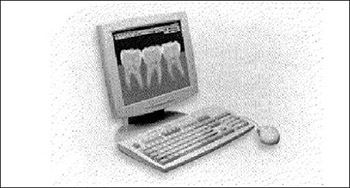Different digital imaging techniques in dental practice
DOI:
https://doi.org/10.17305/bjbms.2004.3412Keywords:
digital imaging, radiography, image processingAbstract
Different imaging techniques are used to pick up the signal of interest in digital sensors, including charge-coupled devices (CCD), complementary metal-oxide semiconductors (CMOS), photostimulable phosphors plates (PSP) and tuned-aperture computed tomography (TACT) Digital radiography sensors are divided into: storage phosphor plates (SPP) called photostimulable phosphor plates (PSP), silicon devices such as charge-coupled devices (CCD) or complementary metal oxide semiconductors (CMOS). Relatively new type of imaging that may hold advantage over current radiographic modalities is tuned-aperture computed tomography (TACT).
Citations
Downloads

Published
How to Cite
Accepted 2018-03-24
Published 2004-05-20









